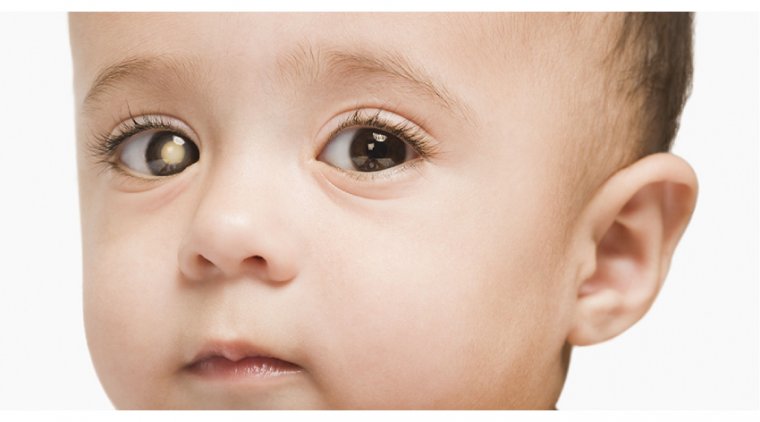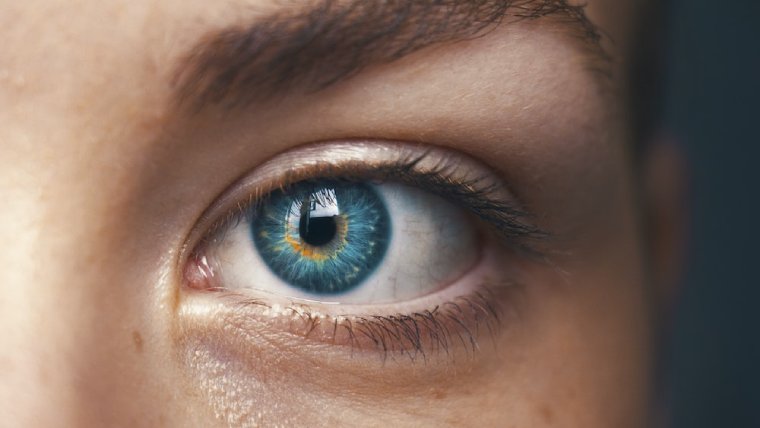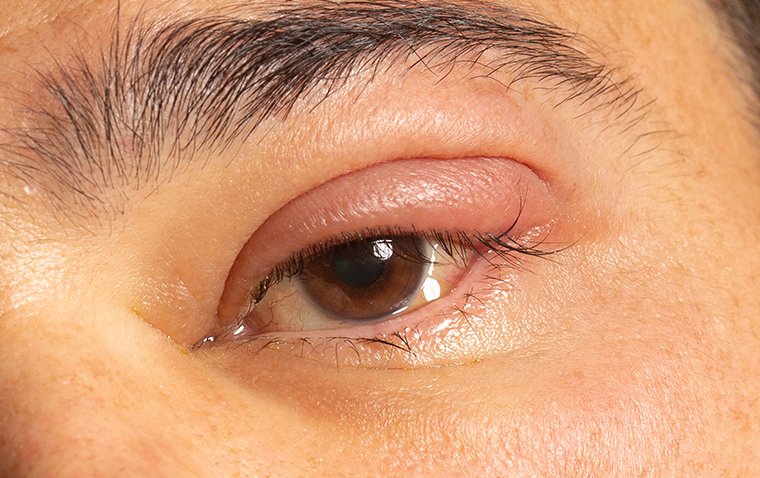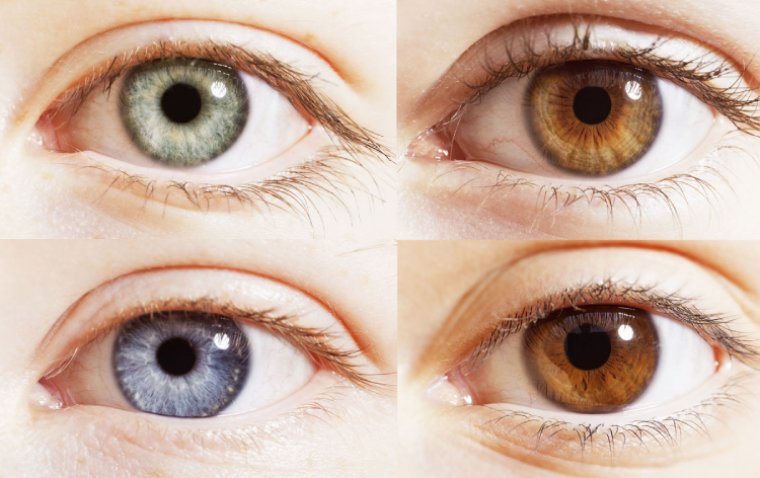
The Science of Eye Color: How It Determines More Than Just Your Looks
Eye color, a key trait that contributes to the uniqueness of an individual’s appearance, is determined by multiple genetic factors and can signify more than just aesthetic differences. It involves the complex interplay of genetics, melanin distribution in the iris, and how light scatters in the eye. Beyond the beauty and diversity of eye color, scientific research suggests that various eye colors may be associated with certain health and physiological traits.
Understanding Eye Color
At the heart of eye color lies melanin, the pigment responsible for the coloration of the iris. The concentration and distribution of melanin, as detailed by Sturm, R.A., & Frudakis, T.N. in their groundbreaking paper "Eye colour: portals into pigmentation genes and ancestry" (Trends in Genetics, 2004), play a pivotal role in determining the spectrum of eye colors observed in humans. This range includes:
1. Brown Eyes: With the highest melanin concentration, brown eyes are a testament to the pigment's dominant role in eye coloration.
2. Blue Eyes: The striking blue of the iris in some individuals results from a lower melanin concentration, a phenomenon beautifully explained by the Rayleigh scattering principle.
3. Green and Hazel Eyes: These colors emerge from a nuanced interplay between melanin and other pigments within the iris, as noted in studies on eye color variation.
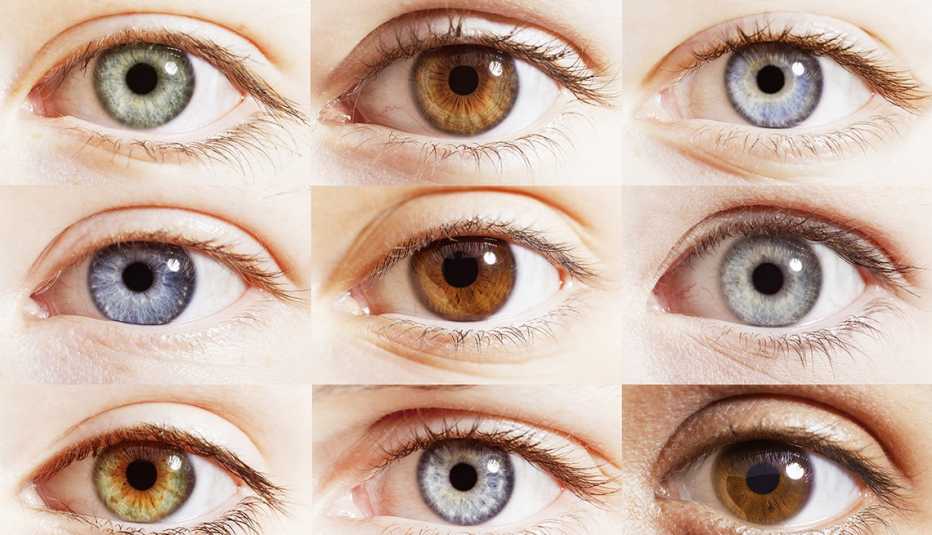
Genetic Factors
Eye color's genetic underpinnings are complex, involving multiple genes that govern melanin production and distribution. The OCA2 gene on chromosome 15 is a major influencer, while the HERC2 gene's role in regulating OCA2 expression is pivotal for the manifestation of blue eyes (Liu, F., et al., PLoS Genetics, 2010). Recent genetic advancements have illuminated this polygenic trait, revealing the involvement of over a dozen genes in eye color determination, underscoring the intricate genetic choreography behind the color of our eyes.
Health Implications
Research has explored the relationship between eye color and various health conditions, though findings are often preliminary:
● Sensitivity to Light: Individuals with lighter-colored eyes (blue or green) may experience greater sensitivity to light due to the lower levels of melanin, which offers less protection against bright light or glare.
● Vitamin D Synthesis: People with lighter eye colors might synthesize vitamin D more efficiently under low light conditions due to the reduced melanin, which could have been advantageous in regions with less sunlight.
● Risk of Eye Diseases: Some studies suggest that individuals with lighter eyes may have a higher risk of developing age-related macular degeneration (AMD), while those with darker eyes might have an increased risk of cataracts under high sun exposure. However, more research is needed to understand these associations fully. (Seddon, J.M., et al., Investigative Ophthalmology & Visual Science, 1990).
● Melanoma Risk: There’s evidence to suggest that people with lighter eye colors may have an increased risk of developing melanoma of the uvea, the middle layer of the eye, due to lower levels of protective melanin. (Shields, C.L., & Shields, J.A., CA: A Cancer Journal for Clinicians, 1992).
Conclusion
Eye color is a fascinating characteristic that exemplifies the complexity of genetics and its interaction with environmental factors. While often celebrated for its contribution to human diversity and beauty, the study of eye color extends into important medical and health-related domains.
Understanding the science behind eye color not only unravels the mysteries of genetics but also opens avenues for research into how these genetic traits may influence or correlate with health outcomes. As scientific inquiry continues, the depth of our understanding of eye color and its implications will undoubtedly expand, revealing even more about the intricate relationship between our genetics and our health.
(1).jpg)

